Clinician Spotlight: Curtis Westersund
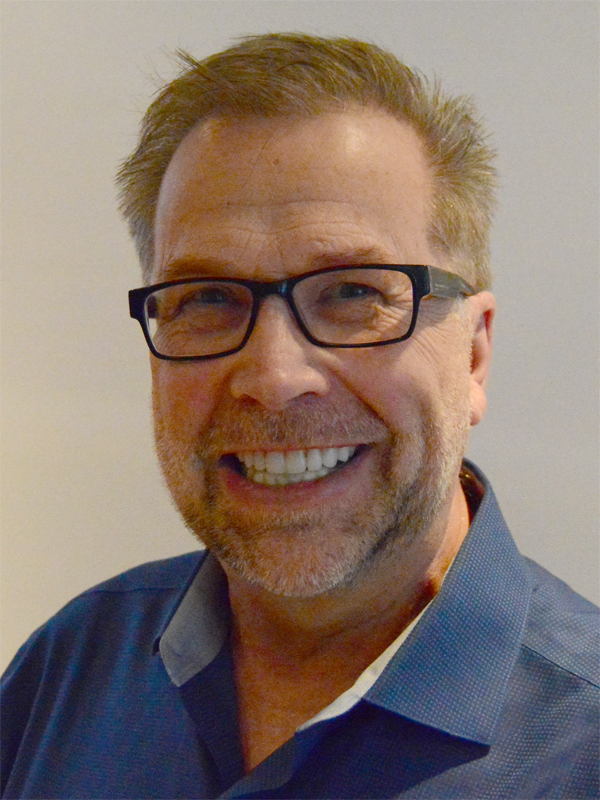
Dr. Curtis Westersund, DDS is a dentist in Calgary, Alberta, Canada with a heavy focus on the treatment of chronic pain and malocclusion. He has been using T-Scan™ in his practice for many years and has incorporated the technology into most of his treatment protocols. An international lecturer and educator, Dr. Westersund spends a lot of his time sharing information with practicing clinicians.
As a long-time practicing clinician, how have you evolved?
There was no T-Scan in my dental school when I graduated in 1979, or computers for that matter. In 1979, ‘occlusion’ was based on the requirements of replacing teeth with dentures and this philosophy dated back to the late 1800s. Even this philosophy was barely touched in the clinical side of dental school. This left confusion on how something as simple as a small new filling could end up causing tooth pain, jaw pain, and head pain. The more we thought about the minutia of the tooth, the more we chose to ignore what was happening with the rest of the patient’s physiologic response to what we were providing as treatment.
Confusion can lead to wild and interesting theories on why we are seeing what we see. How many times have you told a patient that they have ‘Toothbrush Abrasion?’ And deep in your heart you know that there is no way a toothbrush is going to cause that much random damage. Soft rounded bristles do not create bone and gum recession or cut half way through one tooth while sparing another. This myth from dental school has been perpetuated throughout our careers. It is “common knowledge” and it is untrue.
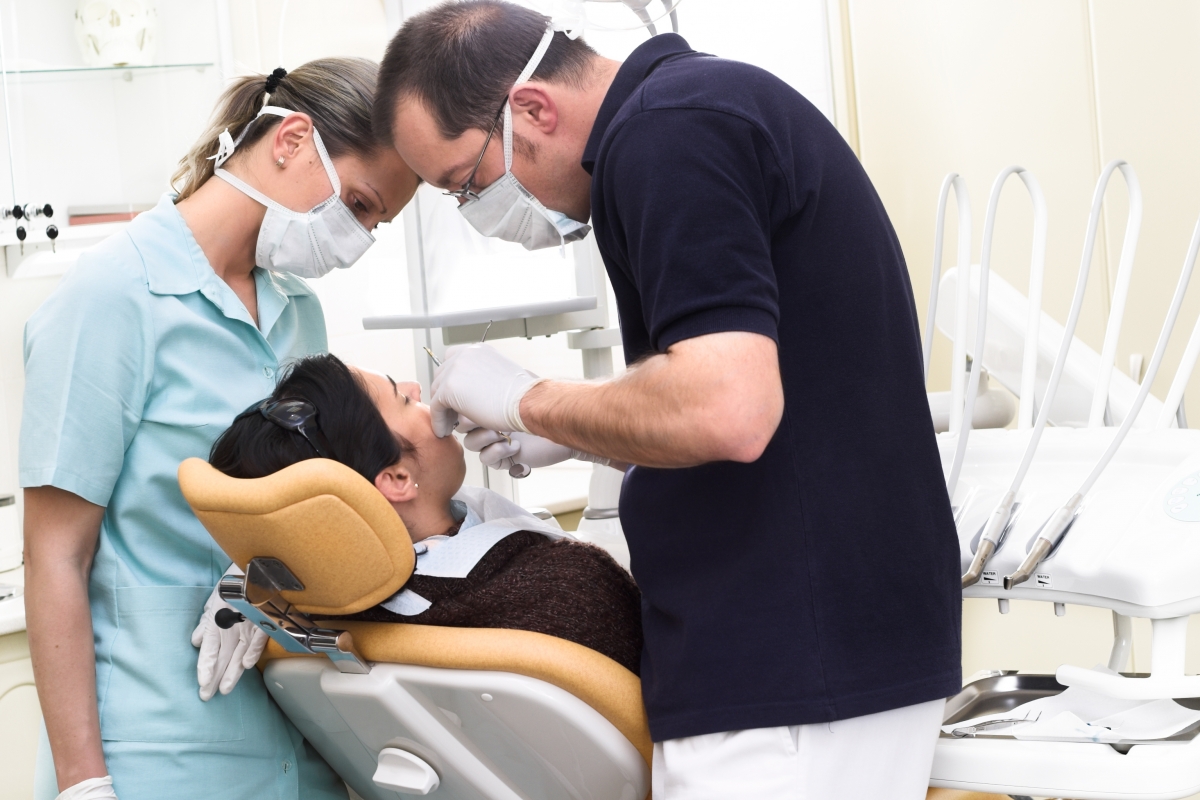
The problem with dentistry is there is no ‘Goal Line.' This why we call it the ‘Practice of Dentistry.’ There is always more for you to learn and adopt into your ‘practice.’
The longer you have been out of dental school the more this is evident. Every year brings advancements in the understanding of why a patient is having problems and the technology needed to treat them.
On that note, tell us about your technology and the protocols you use?
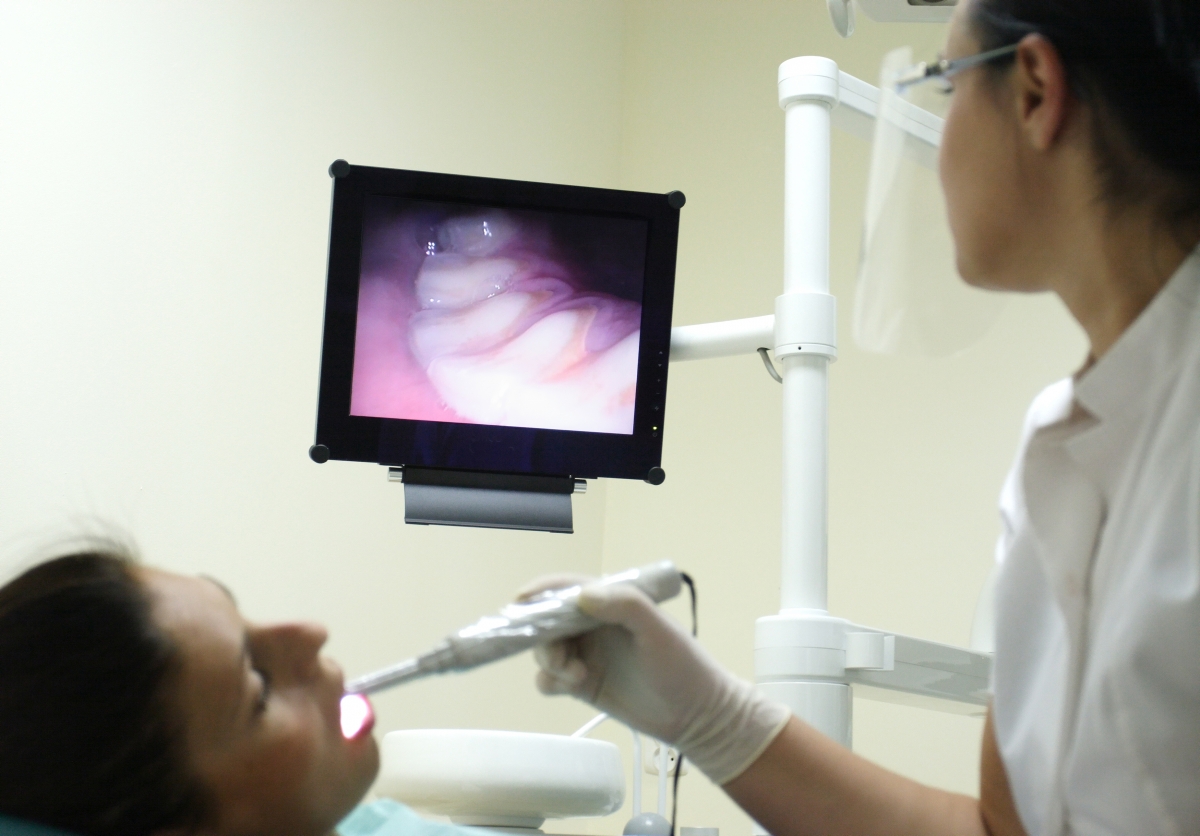 New technologies allow us to better understand human physiology and how it is interweaved with bruxism, clenching, and occlusion. I have lots of high tech instruments I use every day: a Cone Beam Cat Scan; two different types of kinesiographs; Ultra Low Frequency TENS for physiotherapy of muscles; a Cold Laser for acute pain. The T-Scan can show us the forces on teeth as they function, and with this information we can clearly see why some teeth are losing bone and gingiva while others are not. Further, we can see why we have clenching and bruxism in the first place, as the occlusal force patterns are clearly displayed on the computer screen before you.
New technologies allow us to better understand human physiology and how it is interweaved with bruxism, clenching, and occlusion. I have lots of high tech instruments I use every day: a Cone Beam Cat Scan; two different types of kinesiographs; Ultra Low Frequency TENS for physiotherapy of muscles; a Cold Laser for acute pain. The T-Scan can show us the forces on teeth as they function, and with this information we can clearly see why some teeth are losing bone and gingiva while others are not. Further, we can see why we have clenching and bruxism in the first place, as the occlusal force patterns are clearly displayed on the computer screen before you.
The treatment protocol for chronic pain patients is complex. It's not difficult; it's just complex. It involves the assessment of not only occlusion, but also of posture of the head and neck, alignment of the hips and spine, and even in some cases, the stability of feet. As a dentist, you focus on the teeth and the occlusion. But there are factors affecting your occlusion that are important to be aware of.
From a clinical perspective, what has T-Scan™ revealed to you about occlusion?
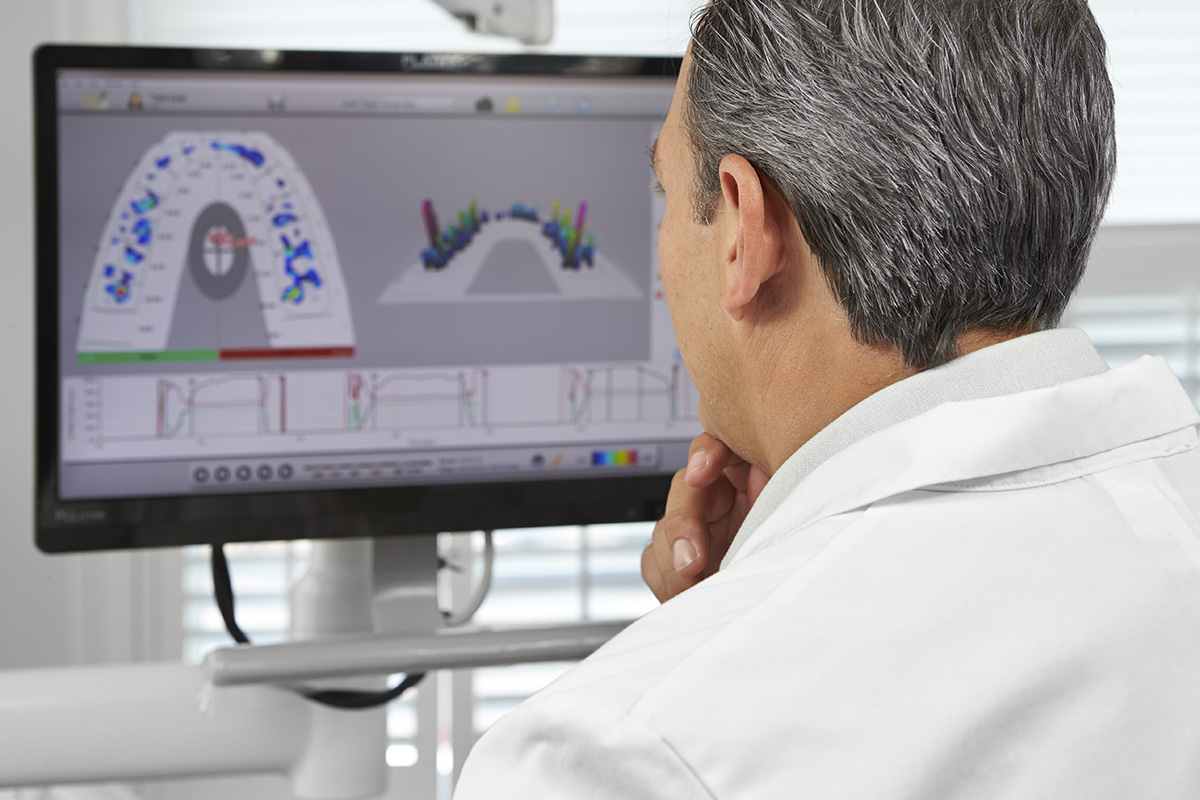
Remember that when a person bites together, what is taking place is a complicated and delicate dance between proprioceptive nerves around the root of the tooth and the action of muscles of mastication and the neck. Whatever occlusion/bite you have for 2 or 3 months becomes your “normal” bite. But that does not make the bite healthy. Most of the time the bite is very unhealthy and has far-reaching consequences to a patient’s overall well being. The T-Scan shows the patient what is unbalanced in their bite and what needs to be shaped or adjusted.
How does T-Scan impact your work today?
Along with an Upper Cervical Chiropractor and a Research Biologist from the University of Calgary, I have published a Randomized Clinical Trial (RCT) demonstrating how the alignment of the cervical cranial junction will affect the occlusal patterns as seen when using the T-Scan. Basically, how we bite affects our head and neck alignment and vice versa.
CRANIO®: The Journal of Craniomandibular & Sleep Practice will be publishing the study this year. The RCT showed that an upper cervical adjustment with respect to the cranium would alter the occlusal pattern of the patient. Without the technology of the T-Scan, this study would not be possible.
Tell us about how you use T-Scan in your practice.
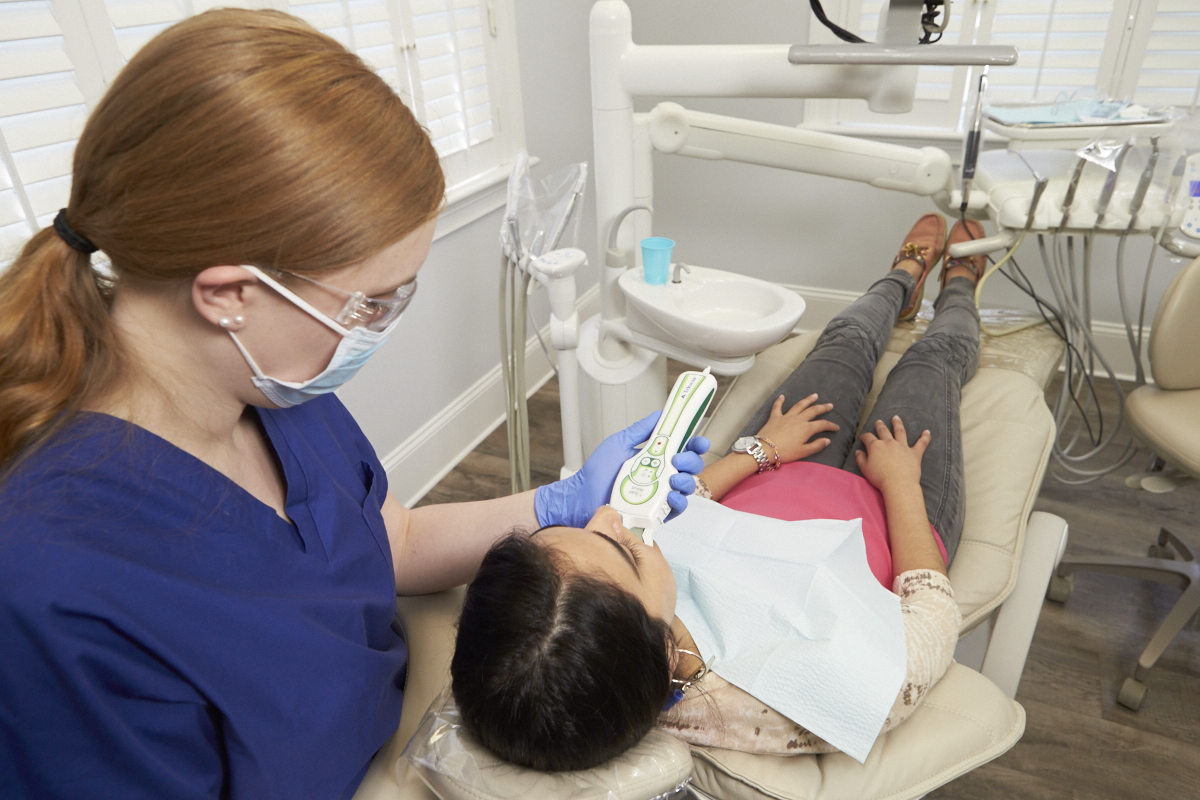 I use the T-Scan everyday in my office: in patient diagnosis, in treatment planning, in functional rebalance of the occlusion, and in the rebalance of my dental orthotics used in TMD therapy. It is so easy to pull out and use that it makes me wonder how I ever worked without one. It's not only another tool in my toolbox; it makes the existing tools better and more effective.
I use the T-Scan everyday in my office: in patient diagnosis, in treatment planning, in functional rebalance of the occlusion, and in the rebalance of my dental orthotics used in TMD therapy. It is so easy to pull out and use that it makes me wonder how I ever worked without one. It's not only another tool in my toolbox; it makes the existing tools better and more effective.
The coolest thing (is coolest still a word? Sorry, I am old) with T-Scan is the patient interaction. NONE of my high tech stuff garners the reaction of the T-Scan. Patients see the computer screen and they just ‘get it.’ They understand immediately that they do not want the occlusion that they see, but want better balance and function. It is so visual that they partake in looking at the T-Scan movies and pointing in their mouths while telling me, "this all makes sense now."
The best thing about T-Scan is that it fits into every dental practice. It is a tool that my Hygiene team uses every day, that I use every day, and my treatment coordinator uses every day. Clear, concise, easy to use technology that makes a difference. I am a happy T-Scan owner.
Dr. Westersund’s focus is treating his patients with a physiological approach. Making the Mouth - Body - Life connection. His practice, Dentalife, provides a case-specific approach directed to help patients find relief from dental issues, imbalances, and pain. Besides general and cosmetic dental treatments, Dr. Curtis Westersund provides TMJ disorder solutions (migraines, jaw, and neck pain caused by a bad bite) and snoring / sleep apnea treatment options. He is also a contributor to the Handbook of Research on Computerized Occlusal Analysis Technology Applications in Dental Medicine and a globally recognized speaker and presenter.
The information on the Tekscan website is provided with the understanding that the organization is not engaged in rendering medical or legal advice or recommendations. You should not rely on any information on the website to replace consultations with qualified health care, clinical, or legal professionals to meet your individual needs. References to any treatment or therapy option, or to any program, service or treatment do not constitute an official endorsement by Tekscan, Inc. Read our full disclaimers.
